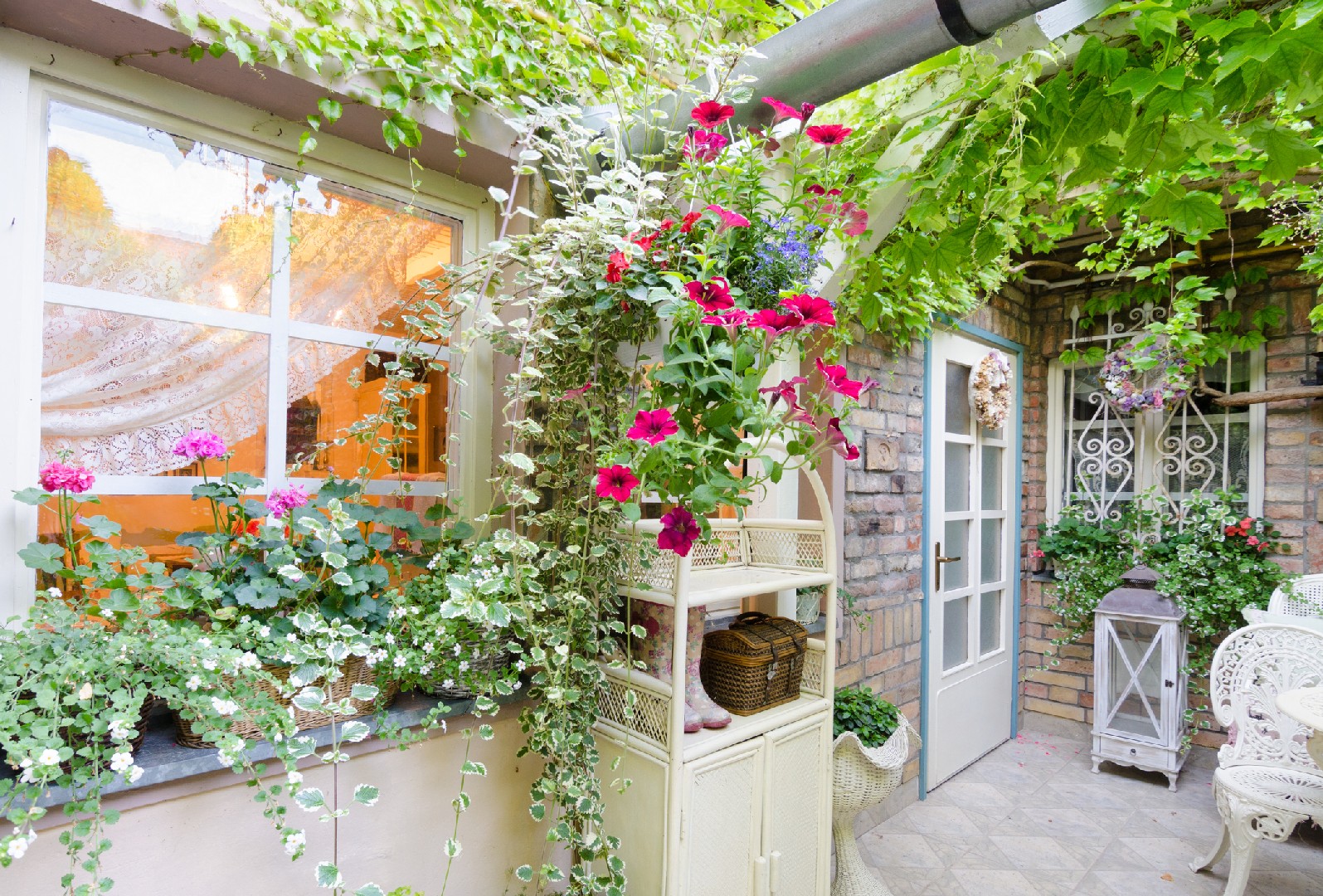![Rectangle]()
Understand the Value of Corner Gardens
Corner gardens have emerged as an innovative solution for maximizing the potential of small spaces. By utilizing the often neglected corners of gardens, homeowners and urban dwellers alike can transform these areas into vibrant and functional spaces. In this section, we will explore the various benefits and practical applications of corner gardens.
One of the key advantages of corner gardens is their ability to make the most of limited space. Whether you have a small backyard, a balcony, or a rooftop, corner gardens offer a creative way to optimize the available area. By strategically placing plants, furniture, and decorative elements in the corners, you can create an illusion of depth, making your space appear larger than it actually is. This is particularly beneficial for urban areas where space is often a luxury.
In addition to maximizing space, corner gardens also bring together aesthetics and functionality. With careful planning and design, you can create a visually appealing corner garden that adds beauty and charm to your overall landscape. You can experiment with different types of plants, such as hanging plants, vertical gardens, or cascading vines, to create a lush and vibrant corner. Furthermore, incorporating functional elements like seating or a small table can transform your corner garden into a relaxing oasis where you can unwind and enjoy the outdoors.
For urban areas, corner gardens play a crucial role in enhancing the green spaces within the city. As concrete jungles continue to expand, the importance of greenery cannot be overstated. Corner gardens provide an opportunity to introduce nature into urban landscapes, creating pockets of greenery that not only improve air quality but also contribute to the overall well-being of city dwellers. Furthermore, corner gardens can serve as habitats for beneficial insects and birds, promoting biodiversity in urban areas.
To make the most of your corner garden, it's important to consider a few practical tips. First, choose plants that are suitable for the specific corner's light conditions. Some corners may receive direct sunlight, while others may be partially shaded. Selecting plants that thrive in these conditions will ensure their long-term health and vitality. Additionally, regular maintenance is key to keeping your corner garden looking its best. This includes watering, pruning, and fertilizing as needed.
In conclusion, corner gardens are a valuable addition to any small space, offering both aesthetic appeal and practical functionality. By understanding the potential of corner gardens, homeowners and urban dwellers can unleash the hidden beauty in their landscapes. Whether you're looking to create a cozy reading nook, a peaceful meditation spot, or simply want to enhance the overall ambiance of your space, corner gardens provide a versatile and rewarding solution.





